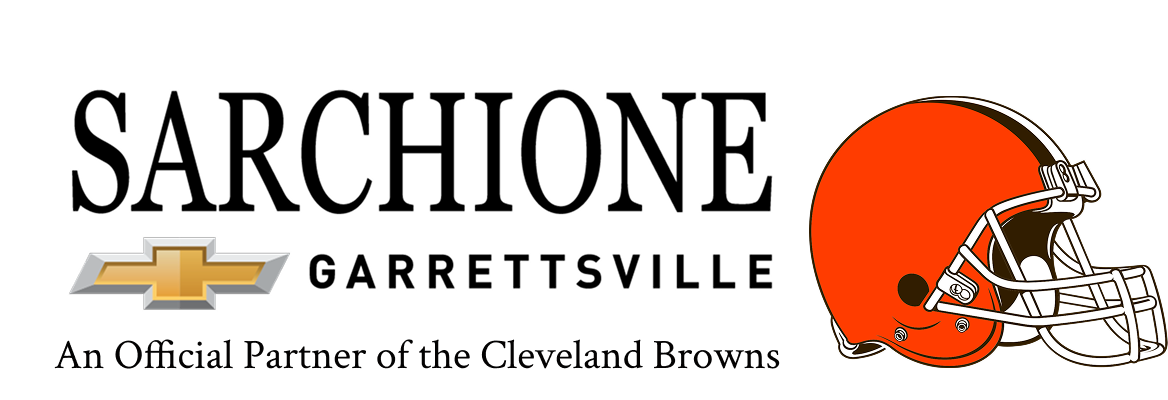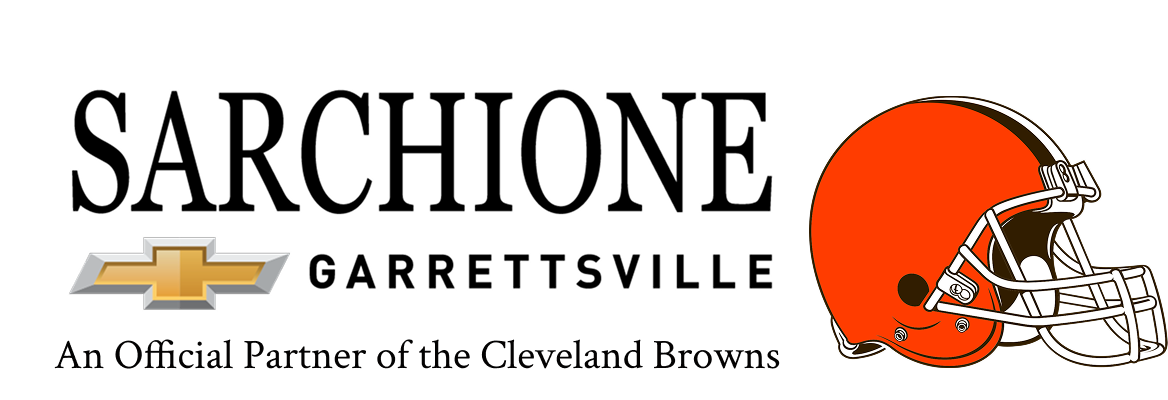A Chevy engine relies heavily on precise timing to deliver efficient performance, and one crucial component in this system is the camshaft timing oil control valve. When this part fails, drivers may experience rough idling, decreased fuel economy, or even engine warning lights. Understanding how to fix a faulty Chevy camshaft timing oil control valve is essential for car enthusiasts and owners who want to maintain their vehicles. With proper diagnosis and the right approach, you can restore smooth operation to your engine without unnecessary delays or costly damage.
Understanding the Role of the Camshaft Timing Oil Control Valve
The camshaft timing oil control valve plays a vital part in regulating oil flow to the camshaft phasers. These phasers adjust valve timing according to driving conditions, ensuring maximum power and efficiency. When functioning correctly, the valve balances performance and fuel economy seamlessly.
However, when the valve becomes clogged, worn, or electrically faulty, the timing can no longer adapt properly. This often triggers a check engine light, produces rattling noises, or causes hesitation during acceleration. Recognizing these signs is the first step toward resolving the issue before it escalates into more severe engine damage.
Common Causes of Valve Malfunction
There are several reasons why the camshaft timing oil control valve in a Chevy may fail. One frequent cause is oil contamination, where sludge or dirt restricts the valve’s movement. Poor maintenance, such as irregular oil changes, accelerates this buildup. Electrical problems are another culprit, with corroded wiring or a faulty solenoid interfering with proper function. Mechanical wear and tear also play a role, as the internal components of the valve degrade over time. Identifying the underlying cause of the failure is critical because it determines whether cleaning, repair, or complete replacement will be the most effective solution.
Steps to Fix a Faulty Chevy Camshaft Timing Oil Control Valve
Repairing a faulty valve involves a careful process. Start by inspecting the engine for error codes using an OBD-II scanner, which often points directly to timing valve issues. Once confirmed, disconnect the battery and remove surrounding engine components to access the valve. Carefully unbolt and detach the old valve, inspecting it for oil sludge or physical damage.
If the valve is clogged but otherwise intact, thorough cleaning with an appropriate solvent can restore its performance. In cases where the valve is damaged or electrically defective, replacement is necessary. Once the valve is reinstalled, ensure the connections are tight, refill engine oil if needed, and reset the error codes before testing the engine.
Preventing Future Valve Issues
While fixing a faulty camshaft timing oil control valve is manageable, prevention is always the best strategy. Regular oil changes with the correct grade recommended for your Chevy engine help minimize sludge buildup. Using high-quality oil and filters reduces the chance of contamination that can restrict valve function.
Periodic inspections during routine maintenance allow you to catch early warning signs before they develop into significant problems. By staying proactive, Chevy owners can extend the life of the camshaft timing oil control valve, ensuring their vehicles run smoothly and efficiently for years to come.


